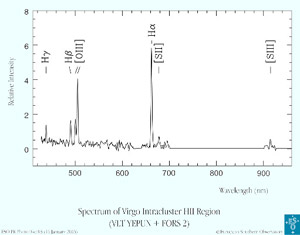Data gathered by Penn State engineers in a volunteer effort at the World Trade Center tragedy, suggests that simple, inexpensive microphones dropped into the rubble of a collapsed building may be able to aid search and rescue teams despite ground level noise.
Dr. Thomas B. Gabrielson, associate professor of acoustics and senior research associate at Penn State’s Applied Research Laboratory, says, “In conventional survivor searches, noise generating activities at the surface must be stopped
When 29-year-old Eric Lange suddenly experienced several hours of mental confusion last July, physicians at Cedars-Sinai Medical Center naturally ordered brain scans and carotid artery studies in their first search for a cause. With the initial exams turning out OK, Eric’s neurologist pursued other clues and ended up finding a heart defect called a patent foramen ovale, or PFO. A blood clot was believed to have slipped through the defect and out of the normal route of circulation that would
Somewhere in the distant, old Universe, a population of stars hide undetected. They were the first to form after the birth of the Universe and are supposed to be far bigger in mass than any star visible today.
Astronomers know they must have been out there: only in this way could they solve the riddle of the origin and composition of stars in today’s Universe. A couple of ESA missions will help astronomers search for this elusive population.
When the Universe formed, there was
Video cameras are used to keep an eye on many indoor and outdoor locations, but to pinpoint suspicious activity, human security guards or intelligence analysts have the unenviable task of watching dozens of video monitors or many hours of recorded video.
Supported by an NSF award, Jezekiel Ben-Arie and his students at the University of Illinois at Chicago have developed a technique, much faster and more reliable than previous methods, that allows a computer to recognize a human action contai
In a milestone for global science collaboration, CERN took delivery today of the first US-built contribution to what will be the world’s highest-energy particle accelerator. The superconducting magnet, built at the US Brookhaven National Laboratory will become a key component of the Large Hadron Collider (LHC).
It is the first of several advanced accelerator elements the US will provide for the LHC under the terms of a 1998 agreement between CERN and the US Department of Energy (DOE)

Subaru and VLT Join Forces in New Study of Virgo Galaxy Cluster
At a distance of some 50 million light-years, the Virgo Cluster is the nearest galaxy cluster. It is located in the zodiacal constellation of the same name (The Virgin) and is a large and dense assembly of hundreds of galaxies.
The “intracluster” space between the Virgo galaxies is permeated by hot X-ray emitting gas and, as has become clear recently, by a sparse “intracluster population of stars”.
So fa